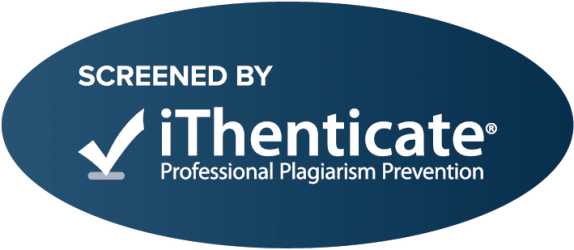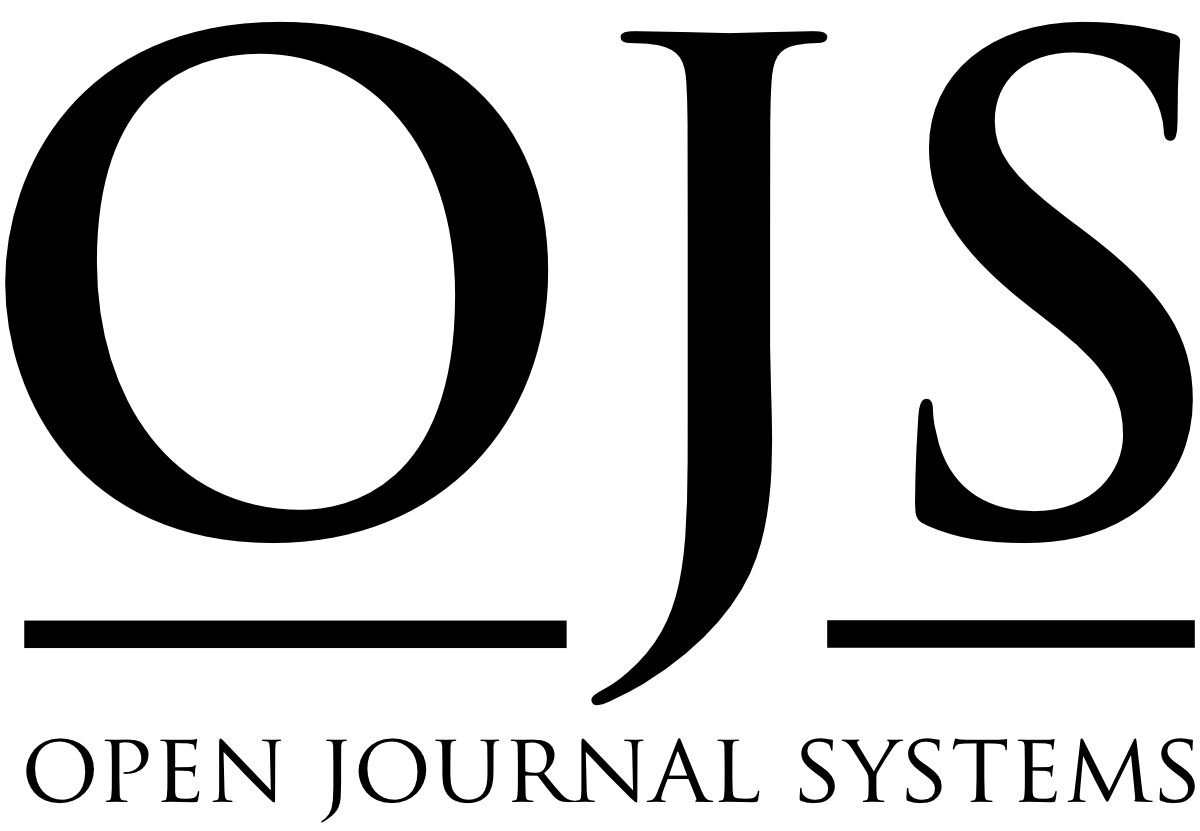The Effectiveness of a Phonological Awareness Training Intervention on Pre-reading Skills of Children with Mental Retardation
Keywords:
Phonological awareness, pre-reading skills, mentally retarded childrenAbstract
Phonological awareness is the ability to manipulate the individual speech sounds that make up connected speech. Little information is reported on the acquisition of phonological awareness in special populations. The purpose of this study was to explore the effectiveness of a phonological awareness training intervention on pre- reading skills of mentally retarded children. A total of 47 children mental retardation participated in this study. The sample was randomly divided into two groups; experimental (n= 24, 19 boys, 5 girls)and control (n= 23 , 20 boys and 3 girls ). ANCOVA and Repeated Measures Analyses were employed for data analysis. Findings from this study indicated the effectiveness of the program employed in improving pre- reading skills in the target children.Downloads
References
Adams, M. J. (1990). Beginning to read [electronic resource]: thinking and learning about print (pp.299-320).Cambridge Mass.: MIT Press
Adams, M. J., Foorman, B. R., Lundberg, I., & Beeler, T. (1998, Spring/Summer). The elusive phoneme: Why phonemic awareness is so important and how to help children develop it. American Educator, 18–29.
Bender, W. N. (2001). Learning disabilities: Characteristics, identification and teaching strategies (4th ed). Allyn and Bacon.
Blachman, B .A, Bali, E. W., Black, R.S., & Tangel, D.M. (1 994). Kindergarten teachers develop phoneme awareness in low-income, inner city classrooms. Does it make a difference? Reading and Writing: An Interdisciplinary Journal, 6, 1-18.
Cassady, J. C., & Smith, L. L. (2004). Acquisition of blending skills: Comparisons among body-coda, onset-rime, and phoneme blending tasks. Reading Psychology, 25(4), 261- 272. Retrieved May 1, 2006, from Linguistics and Language Behavior Abstracts database.
Catts, H. W. (1991). Phonological processing deficits and reading disabilities. In A.G. Kamhi & H.W. Catts (Eds.), Reading disabilities: A developmental language perspective (pp.101-158). Boston: Allyn and Bacon.
Catts, H. W., Fey, M. E., Zhang, X., & Tomblin, J. B. (2001). Estimating the risk of future reading difficulties in kindergarten children: A research-based model and its clinical implementation. Language, Speech, and Hearing Services in Schools, 32,38-50.
Cheung, H., Chen, H., Lai, C. Y., Wong, O. C., & Hills, M. (2001). The development of phonological awareness: Effects of spoken language experience and orthography. Cognition, 81(3), 227-241. Retrieved May 2, 2006, from Linguistics and Language Behavior Abstracts database.
Cook, V. & Bassetti, B. (2005). Second language writing systems (1st ed). Clevedon Buffalo: Multilingual Matters
Daly, E. J., Chafouleas, S. & Skinner, C. H. (2005). Interventions for reading problems: designing and evaluating effective strategies. New York : Guilford Press
DiSanto, D., Kraft, A., Lentini, A., & Sivitz, M. (2000). Phonological awareness program benefits kindergarten students. Advance for Speech-Language Pathologists & Audiologists, 10(37).
Durgunoglu, A. Y. (2002). Cross-linguistic transfer in literacy development and implications for language learners. Annals of Dyslexia, 52, 189-204. Retrieved May 24, 2006, from Linguistics and Language Behavior Abstracts database.
Gillon, G. T. (2004). Phonological awareness : from research to practice (pp.1-60). New York: Guilford Press.
International Reading Association. (2000). Phonemic awareness and the teaching of reading—A position statement from the board of directors of the International Reading Association. Newark, DE: Author. Available at http://www.reading.org/ advocacy/Policies/phonemic_aware.pdf/
Koda, K. (2005). Insights into second language reading : a cross-linguistic approach. Cambridge, UK : New York, NY : Cambridge University Press
Layton, L. & Deeny, K (2002). Sound practice: phonological awareness in the classroom. London: D. Fulton Publishers
Metsala, J. L. & Ehri, L. C. (1998). Word recognition in beginning literacy (pp.3- 40)[electronic resource]. Mahwah, N.J. : L. Erlbaum Associates
Mourad, Ali Eissa (2007).The effectiveness of a phonological awareness training programme on reading skills of reading disabled 5-grade students . Banha Journal of education , Vol. 17(72), 95-124
Mourad, Ali Eissa (2008).pre-reading skills scale for children . Unpublished test .
Neuman, S. B., Copple, C., & Bredekamp, S. (2000). Learning to read and write: Developmentally appropriate practices for young children. Washington DC: National Association for the Education of Young Children.
Oktay, A., & Aktan, E. (2002). A cross-linguistic comparison of phonological awareness and word recognition in Turkish and English. International Journal of Early Years Education, 10(1), 37-48. Retrieved May 30, 2006, from Linguistics and Language Behavior Abstracts database.
Sawyer, D. J. & Fox, B. J. (1991). Phonological awareness in reading: the evolution of current perspectives. New York : Springer-Verlag
Scanlon, D & Vellutino, F. (1987). Phonological coding, phonological awareness, and reading ability: Evidence from a longitudinal and experimental study. Merrill-Palmer Quarterly, 33(3), 321-363.
Share, D.L., & Stanovich, K.E. (1995). Cognitive processes in early reading development: A mode1 of acquisition and individual differences. Issues in Education: Contributions from Educational Psychology, 1,l-57.
Smith, S. B., Simmons, D. C. & Kameenui, E. J. (1998). Phonological awareness: Research Bases. In. Simmons D. C. & Kameenui E. J. (eds.) What reading research tells us about children with diverse learning needs: bases and basics (pp. 61-128). Mahwah, N.J.: Erlbaum
Stanovich, K. E. (1985). Explaining the variance and reading ability in terms of psychological processes: What have we learned? Annals of Dyslexia, 35,67-69.
Stanovich, K. E. (1986). Matthew effects in reading: Some consequences of individual differences in the acquisition of Literacy. Reading Research Quarterly, 21 (4), 360- 406.
Stone, B. H., Merritt, D. D., & Cherkes-Julkowski, M. (1998). Language and reading: Phonological connections. In D. D. Merritt & B. Culatta (Eds.), Language intervention in the classroom (pp. 363–408). San Diego, CA: Singular.
Tingley, P. A., Dore, K. A., Lopez, A., Parsons, H., Campbell, E., & Kay-Raining Bird, E. et al. (2004). A comparison of phonological awareness skills in early French immersion and English children. Journal of psycholinguistic research, 33(3), 263-287. Retrieved April 16, 2006, from Linguistics and Language Behavior Abstracts database.
Torgesen, J. K. (2000). A basic guide to understanding, assessing, and teaching phonological awareness. Austin, Tex.: Pro-Ed Mass.
Treiman, R. (1992). The role of intrasyllabic units in learning to read and spell. In Gough, P. B., Ehri, L. C. , & Treiman, R (Eds.), Reading acquisition (pp.65-106). Hillsdale, N.J.: L. Erlbaum Associates
Wagner, R.(1986). Phonological processing abilities and reading implications for disabled readers. Journal of Learning Disabilities, 19,623-630.
Wagner, R., Torgesen, J., Rashotte, C., Hecht, S., Barker, T., Burgess, S., Donahue, J., & Garon, T. (1997). Changing relations between phonological processing abilities and word level reading as children develop from beginning to skilled readers: A 5-year longitudinal study. Developmental Psychology, 33(3), 468-479.
Yopp, H.K. (1992). Developing phonemic awareness in young children. The Reading Teacher, 45, 696-703.
Yopp, H. K., & Yopp, R. H. (2000). Supporting phonemic awareness development in the classroom. The Reading Teacher, 54(2), 130–143.
Additional Files
Published
How to Cite
Issue
Section
License

This work is licensed under a Creative Commons Attribution-NonCommercial-NoDerivatives 4.0 International License.










